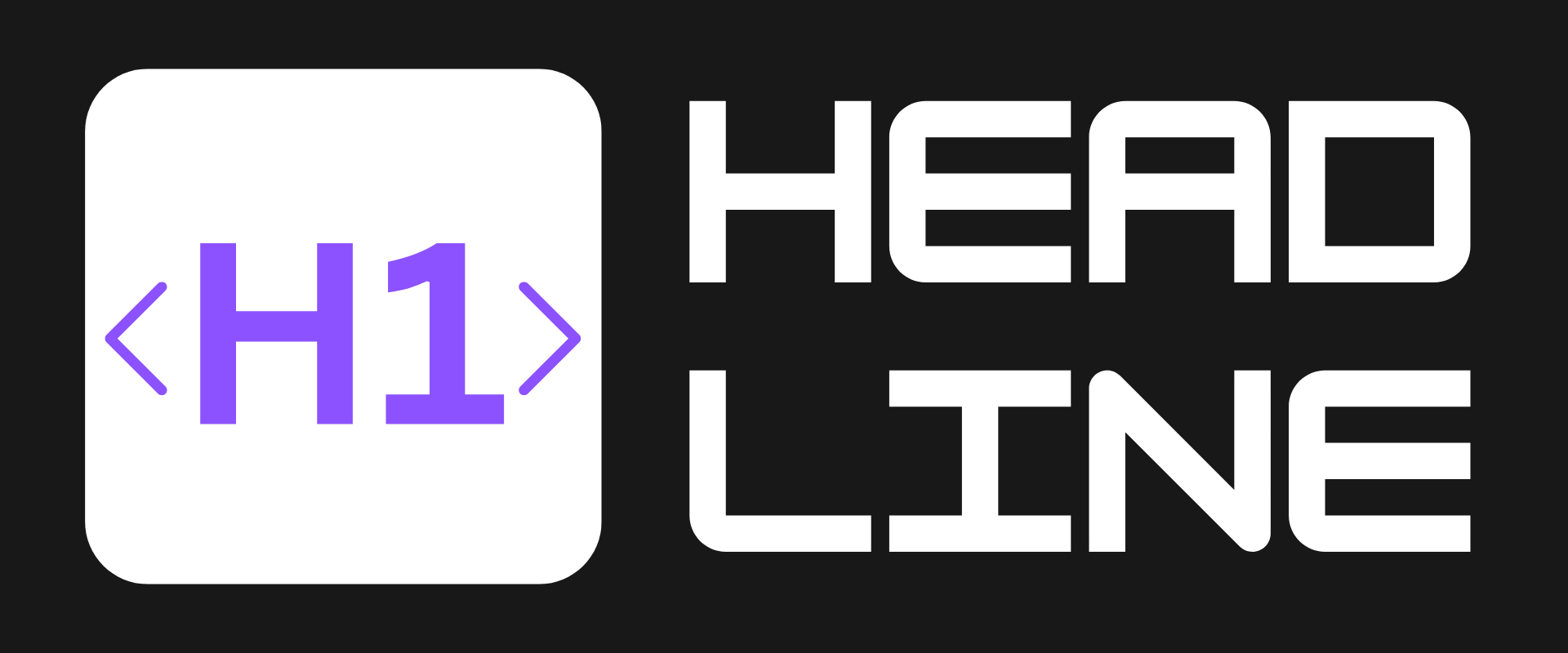Can We Trust AI in Healthcare if Students Aren’t Taught About Data Bias?

AI is revolutionizing healthcare. But if the next generation of AI builders isn’t learning to confront bias in the data powering these systems, can we trust the results? Every year, students worldwide enroll in courses to master artificial intelligence (AI) for diagnosing diseases, selecting treatments, and improving patient outcomes. Yet, there’s a glaring omission in many of these courses: learning to spot—and fix—bias hiding in the datasets their models rely on.
The consequences? AI models trained on biased data can fail—sometimes catastrophically—when faced with the diversity of real-world patients. If we want AI to help everyone, not just a select few, it’s time to rethink how we teach its foundations. Let’s dive in.
🧠 The Problem: Unseen Bias in AI Healthcare Models
- Thousands of students are trained every year to build AI systems for medicine, but most aren’t taught to scrutinize the data feeding those models for hidden biases.
- Key studies—cited by MIT’s Leo Anthony Celi—show models trained largely on data from white males often perform poorly when used to diagnose or treat others from different backgrounds.
- Consequences can be severe: misdiagnosed conditions, ineffective treatments, and health disparities that persist or even worsen.
- Missed opportunity: If future healthcare leaders aren’t equipped to recognize flaws in their AI tools, these biases will remain invisible, undermining trust in technology that’s supposed to save lives.
Why does data bias creep in so easily? Often, hospital records and clinical trials underrepresent certain groups—by race, gender, age, or income. When AI models learn from this unbalanced data, they inherit the same blind spots and assumptions, repeating past mistakes at scale.
💡 The Solution: Teaching Students to Detect—and Fix—Bias
What’s the fix? Leo Anthony Celi, a senior MIT research scientist and physician, argues for a major shift in how we teach AI for healthcare.
- ✅ Data Literacy First: Courses must train students to examine dataset composition and quantify who is (and isn’t) represented before building models.
- ✅ Bias Testing as Standard Practice: Embedding bias detection into the AI development workflow—like regularly checking model predictions for fairness—should become a core competency.
- ✅ Diverse Datasets: Institutions and educators should prioritize sourcing or creating datasets that better reflect the diversity of real-world patients.
- ✅ Real-World Case Studies: Students could learn from high-profile failures and successes, exploring how biased AI tools impacted patient care and health outcomes.
By “fixing the training” at the education level, tomorrow’s coders, doctors, and engineers will be much better equipped to recognize, challenge, and reduce harmful bias—before AI tools ever reach a hospital bedside.
🚧 Roadblocks Ahead: Why Is This So Hard?
- ⚠️ Curriculum Overload: Many AI and biomedical engineering programs already struggle to fit in essential topics. Adding modules on bias requires new learning materials and faculty training.
- ⚠️ Measuring Bias Isn’t Straightforward: Bias can be subtle or systemic—sometimes tricky to quantify, especially with complex healthcare data.
- ⚠️ Institutional Inertia: Universities may be slow to update syllabi, especially when there’s no immediate regulatory mandate.
- ⚠️ Celi’s Call to Action: “Most of the courses don’t really emphasize the importance of examining the dataset before deploying models.” He and others hope this changes, but progress may be incremental.
🚀 Final Thoughts: Will AI's Promise Match Its Reality?
AI’s potential for healthcare is enormous—but only if it serves everyone. For that to happen, the engineers and clinicians of tomorrow must learn to see and address bias today.
The path forward may not be easy—updating curricula, building new datasets, and changing entrenched mindsets all take time. But the stakes couldn't be higher. Model-by-model, student-by-student, the future of healthcare AI can be made more just, equitable, and reliable.
Have you noticed bias in the tech or data you use? Should every AI course teach students about the risks and realities of biased data? Share your thoughts below!
Let us know on X (Former Twitter)
Sources: MIT News. 3 Questions: How to help students recognize potential bias in their AI datasets, June 2, 2025. https://news.mit.edu/2025/3-questions-recognizing-potential-bias-in-ai-datasets-0602










